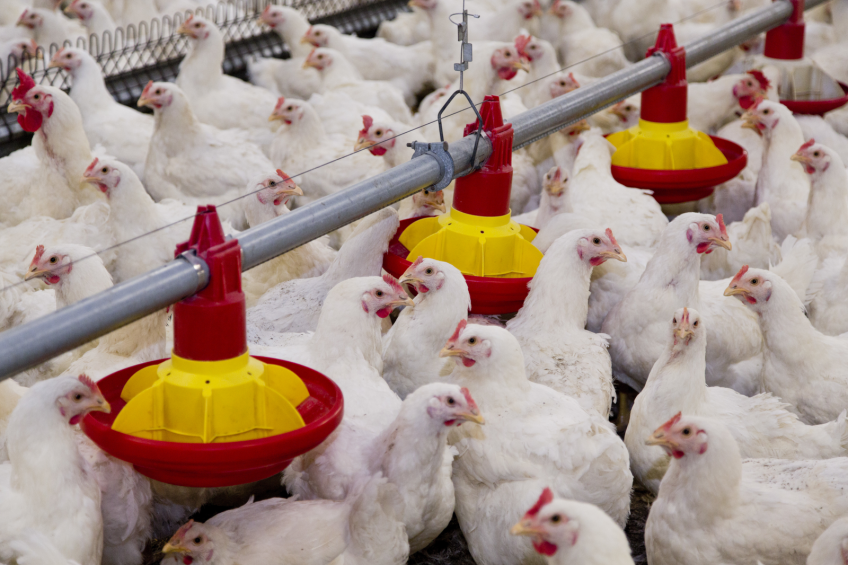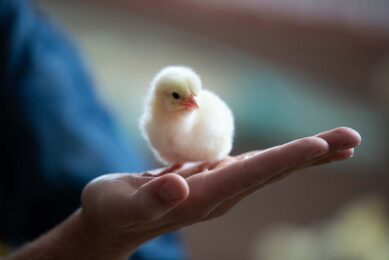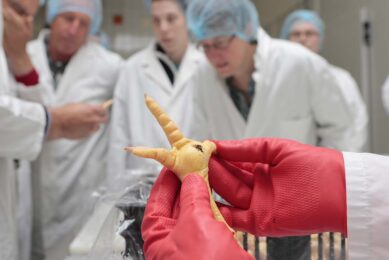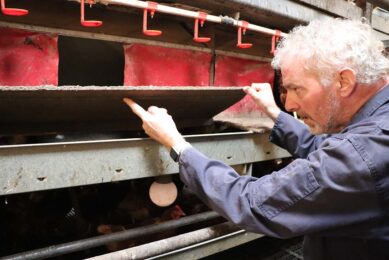EuroTier special feature: Indoor emission control measures

Controlling the emissions from poultry buildings into the environment will be the subject of a special feature at EuroTier 2016, which takes place at Hanover exhibition grounds, Germany, from 15-18 November.
Dust, ammonia and odour are common in poultry production, and these can affect the environment both inside and outside the buildings housing the poultry. The EuroTier special feature, “Indoor Emission Control”, which has been organised jointly by the DLG (German Agricultural Society) together with the German Poultry Association (ZDG), will examine this important topic, which has implications for overall production efficiency as well as human and animal health.
Indoor control measures
Methods to reduce these emissions can be so-called end-of-pipe solutions that involve filtering or “scrubbing” exhaust air before it exits the building. The EuroTier special feature, however, will look at process-integrated emission reduction measures – so called indoor methods.
If found to be verifiably effective, they may be used as an alternative to waste air cleaning and because the quality of the air inside the building is improved, there are positive effects on animal health and animal welfare, and on the working conditions of farmer and his staff too.
Simple bedding solutions
Solutions that will be examined in the special feature include the use of bedding materials or additives that can be used on the floor. These can be as simple as bedding solutions that are treated to prevent them contributing to dust creation in the building, to more complex products that can be included in or applied to the bedding materials to “capture” ammonia and/or the compounds in the poultry manure that cause odour.
Another route to tacking these issues is through the feeding regime used for the poultry. Excess ammonia, for example, can suggest inefficiencies in the diet that can be tackled by using feed additives or customised feeding to try and ensure that as much of the nutrients available from the feed is used by the poultry and not lost to the environment. This can have the added benefit of reducing feeding costs as well as improving the environment.
Mechanical solutions to reduce poultry house emissions
Finally, there are mechanical solutions like floor heating for a dry bedding or spray cooling to bind the dust. Another option can be heat exchangers to capture free heat created by the poultry to use elsewhere on the farm.
The “Indoor Emission Control” special feature takes place throughout the 4 days of this year’s EuroTier exhibition, which takes place at Hanover’s Fair Grounds. The special feature is situated close to the Poultry Forum area, where lectures on other poultry topics will also be taking place. There will also be the opportunity for visitors to speak to experts on all aspects of poultry management including housing.
Visit the website for more information on EuroTier 2016 www.eurotier.com.
Join 31,000+ subscribers
Subscribe to our newsletter to stay updated about all the need-to-know content in the poultry sector, three times a week. Beheer
Beheer








 WP Admin
WP Admin  Bewerk bericht
Bewerk bericht